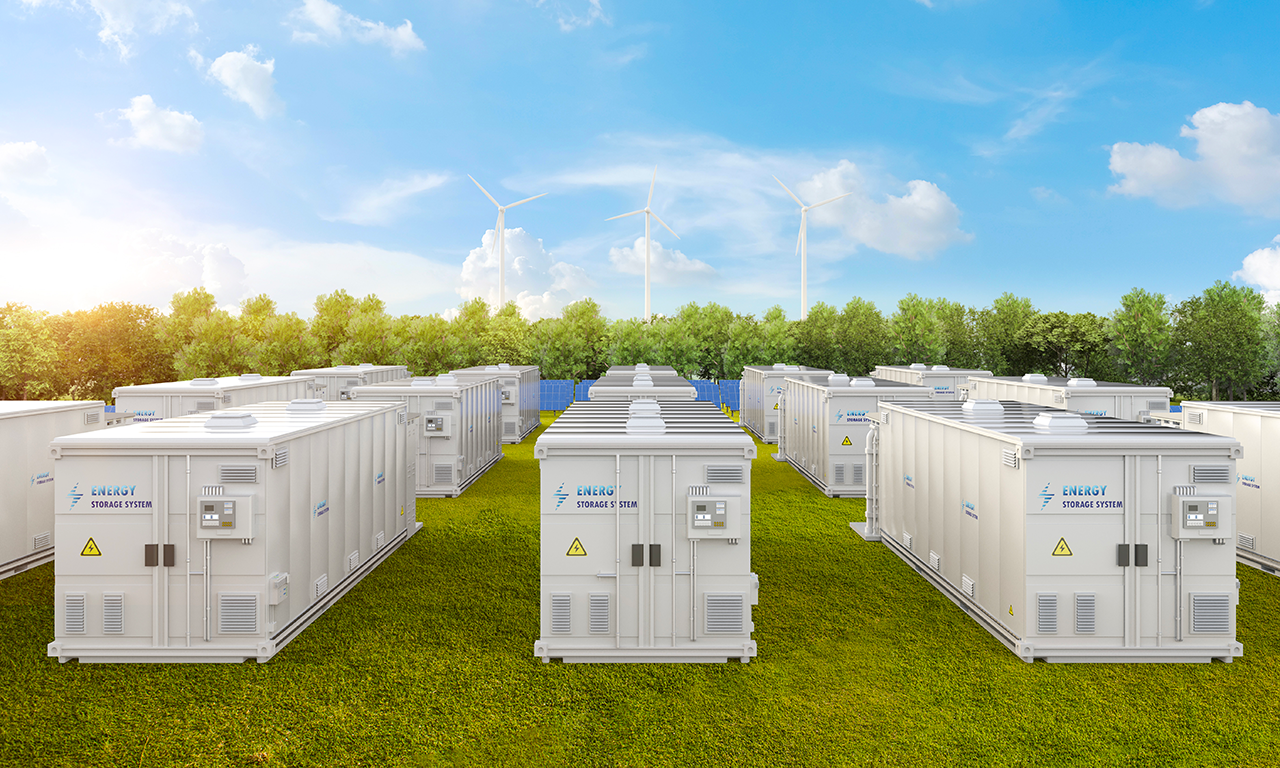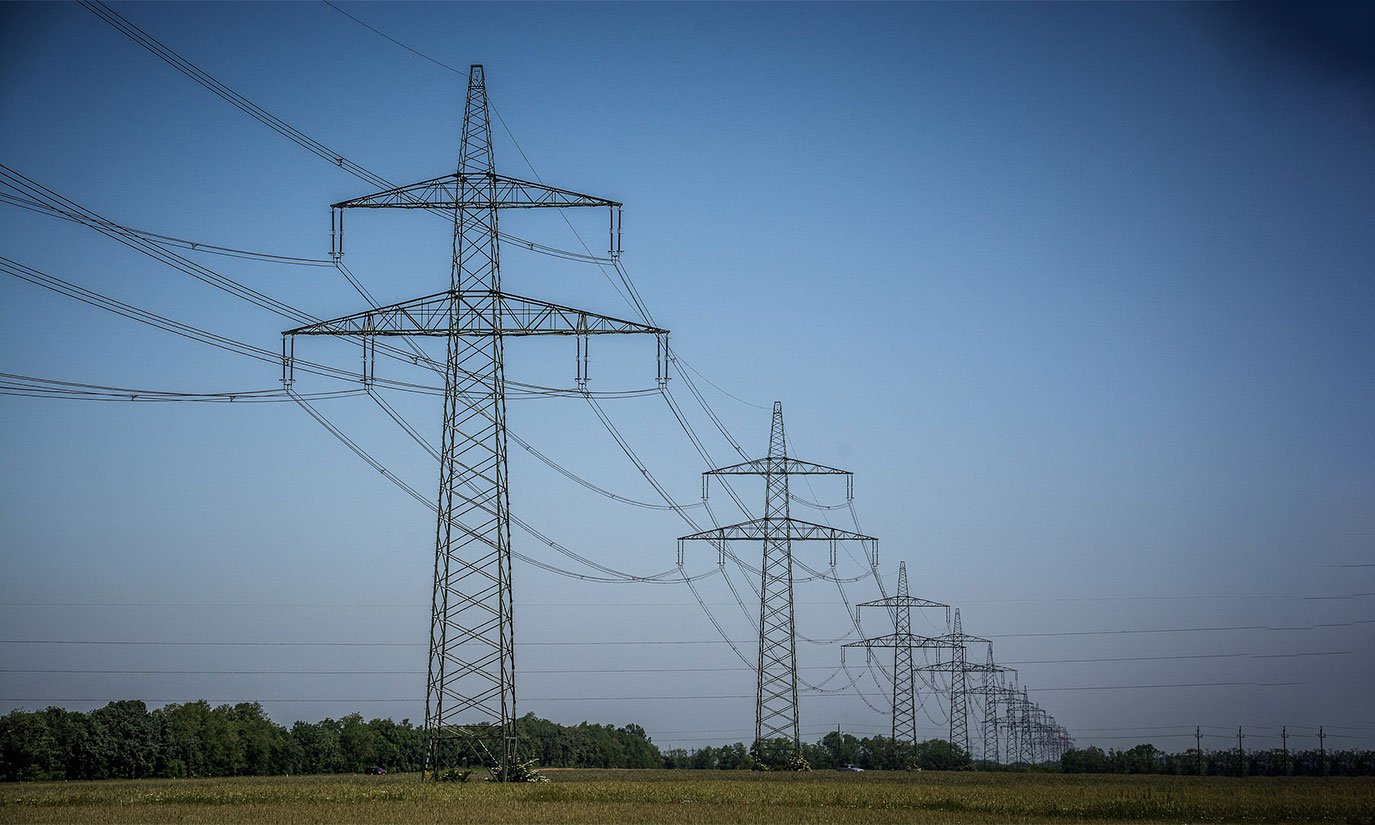Energy storage and management solutions
differen
develops energy storage and management projects to support various sectors of the economy, including conventional power plants and renewable energy sources.
The primary objective is to obtain benefits in the form of cost reduction or improvement in the quality and reliability of energy supply.
BESS (Battery Energy Storage System) and EMS (Energy Management System) tools play distinct but complementary roles in the energy context and help make energy operations more efficient and sustainable, leading to greater competitiveness for companies and a better quality of life for end users.
BESS and EMS together to optimize energy resources

BESS to balance demand and supply
The BESS, which stands for battery energy storage system, is designed to store excess electricity generated from renewable sources like the sun or wind. This stored energy can then be released when demand is high or production is lower than consumption, helping to balance the supply and demand of electricity. This reduces the pressure on distribution systems during times of peak demand and increases the overall efficiency of the energy system.

EMS to ensure network efficiency
The Energy Management System (EMS) is responsible for monitoring and controlling the entire energy network. Through the use of advanced algorithms and real-time data, the EMS optimizes energy flow, regulates production and consumption, and coordinates the operation of various components of the energy system, including generators, transmission networks, and storage devices like BESS. By doing so, this system helps to maximize energy efficiency, reduce operating costs, and improve the stability and reliability of the entire energy system.
